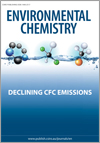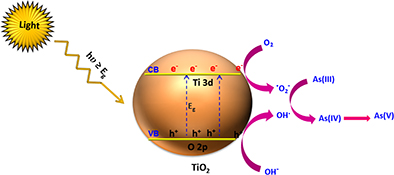EN19322Australian chlorofluorocarbon (CFC) emissions: 1960–2017
 , Bronwyn L. Dunse, Paul B. Krummel
, Bronwyn L. Dunse, Paul B. Krummel  , L. Paul Steele, Nada Derek, Blagoj Mitrevski, Colin E. Allison, Zoë Loh, Alistair J. Manning, Alison Redington and Matthew Rigby
, L. Paul Steele, Nada Derek, Blagoj Mitrevski, Colin E. Allison, Zoë Loh, Alistair J. Manning, Alison Redington and Matthew Rigby
Environmental context. Chlorofluorocarbons (CFCs) are potent greenhouse and stratospheric ozone depleting trace gases. Their atmospheric concentrations are in decline, thanks to global production and consumption controls imposed by the Montreal Protocol. In recent years, the rates of decline of CFC atmospheric concentrations, especially for CFC-11 (CCl3F), are not as large as anticipated under the Protocol, resulting in renewed efforts to estimate CFC consumption and/or emissions to possibly identify new or poorly quantified sources.
EN19322 Abstract | EN19322 Full Text | EN19322PDF (4.8 MB) Open Access Article





